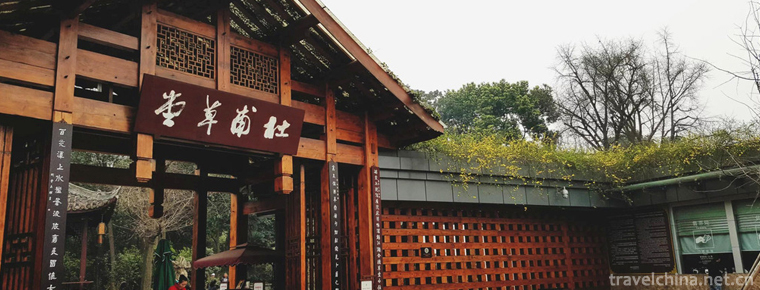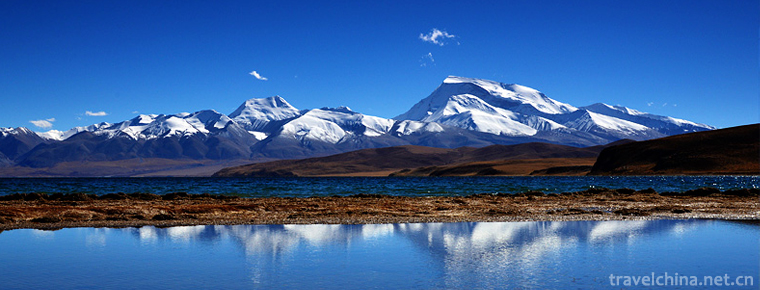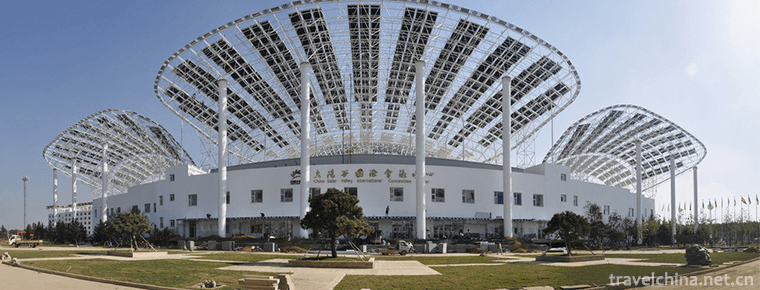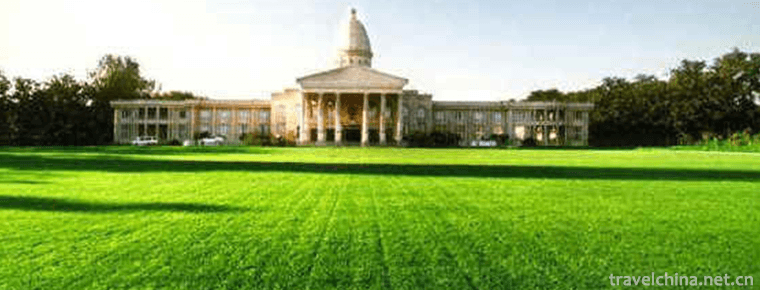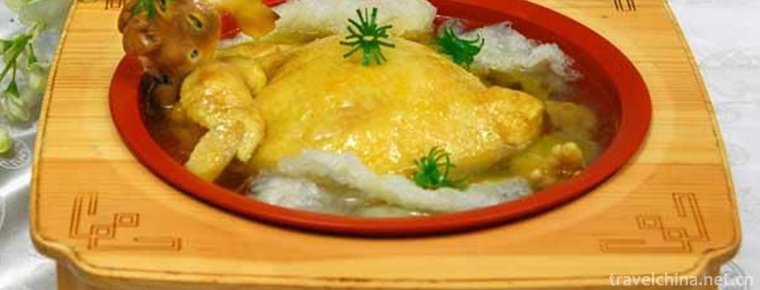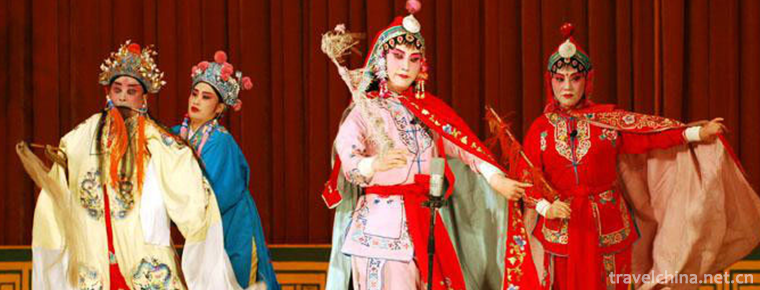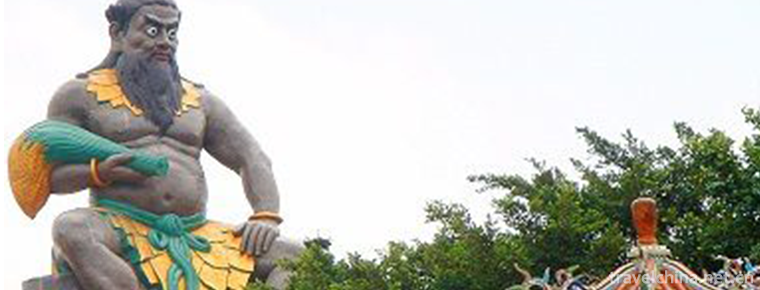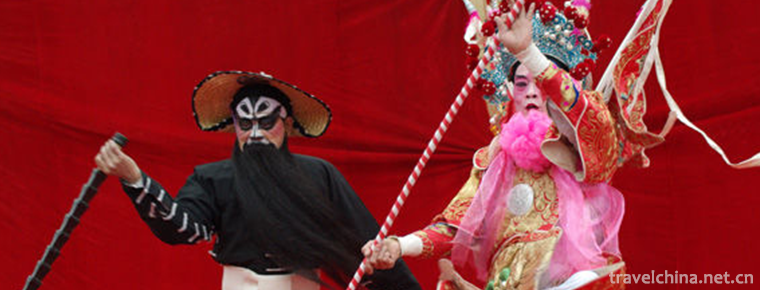The legend of Huang Daxian in Huangchuping
The legend of Huang Daxian in Huangchuping
Huang Chuping's legend is one of the local folklores in Jinhua, Zhejiang Province. It originated in the Eastern Jin Dynasty. The earliest written record was in The Biography of Immortals written by Ge Hong, a famous Taoist theorist in the Eastern Jin Dynasty. Its legend originated from Huang Chuping, a historical figure. Huang Chuping, Jin Chengdiwei and three years (AD 328) were born in Huanglu Village, Lanxi City. On June 7, 2008, the legend of Huang Daxian was approved by the State Council to be included in the second batch of national intangible cultural heritage list.
Historical origin
The legend of Huang Da Xian originated in the Eastern Jin Dynasty. The earliest written record is the biography of immortals written by Ge Hong, a famous Taoist theorist in the Eastern Jin Dynasty. Its legend originated from Huang Chuping, a historical figure. Huang Chuping, Jin Chengdiwei and three years (AD 328) were born in Huanglu Village, Lanxi City. Huang Chuping was smart and intelligent, kind-hearted, diligent and handsome. His brothers and parents died when they were young, and their families were poor. He began to cultivate vegetables diligently. His brother Huang Chuping cut firewood and herd sheep. They depended on each other for their lives. When Huang Chuping was 15 years old, he went up to the goats to herd sheep. When he met Tian Shennong, a Taoist monk, the rain teacher, Chisongzi, who "loved his conscience", took him to the Yinshi Cave of Jinhua Mountain to learn Taoism and practice. Huang Chuping got Taoism and Immortality in Beishan. Later, the stories of "knocking stone into sheep", practicing morality, punishing evil and helping the good, eliminating evil for the people and rewarding good for the people slowly spread among the local people in Zhejiang, leaving many beautiful legends. The legends about Huang Daxian include the legends of Huang Daxian's life story, natural landscape, human landscape, folk customs, local products, and the legends of Huang Daxian's apparition. There are a lot of legends about Huang Daxian in Lanxi, Jinhua, Hong Kong, Macao and Southeast Asia. There are also some sites such as Huang Daxian's former residence, Erxianjing, Jinhua Guan, Chisong Pavilion and Erxianqiao in Lanxi and Jinhua. In Hong Kong, Macao and Southeast Asia, Daxian Taoism is also worshipped, with a vigorous incense and enduring years.
Forms of expression
"The legend of Huang Daxian" has been widely recorded in Taoist scriptures of all dynasties; oral transmission among the people; praise of ancient emperors; reproduction of poetry and paintings by literati of all dynasties; record of historical books, local chronicles and similar books and dictionaries; dissemination of literary and artistic forms such as Quyi, Wuju opera and TV, etc.
Inheritance significance
The legend of Huang Da Xian has a long history, and it has a history of more than 1600 years. It is widely spread not only throughout the country, but also in the United States, Canada, France, Australia and Southeast Asia. It has a high degree of popularity. Its essence is "promoting good and punishing evil, helping the poor and alleviating poverty". It reflects the common pursuit of truth, goodness and beauty, and reflects the demands and aspirations of the people. Cultural forms are rich and varied. There are many palaces, temples and relics at home and abroad in material forms, as well as intangible cultural relics such as ancient and modern literature and art.
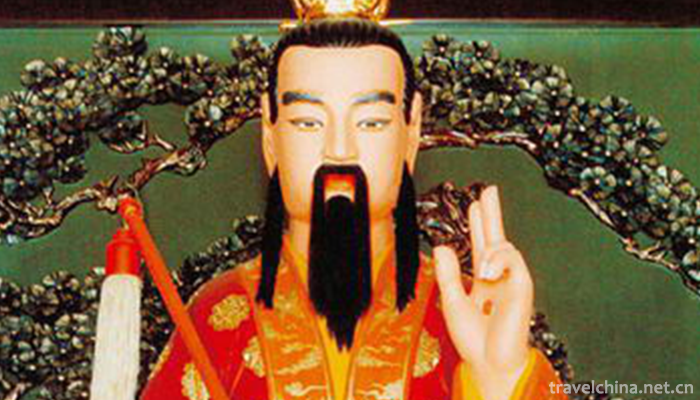
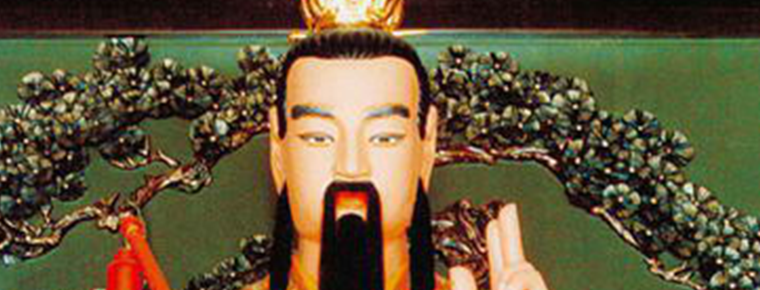
The legend of Huang Daxian in Huangchuping
-
Du Fu Cottage
No. 37 Qinghua Road, Qingyang District, Chengdu, Sichuan, China
Views: 241 Time 2018-10-01 -
Lake Manasarovar
Ma Pang yongcuo is 35 kilometers east of the town of Pu Lan county
Views: 194 Time 2018-10-12 -
Chinese Sun Valley
Located in the development zone of Dezhou, Sun Valley of China is the largest base of research, development, testing, production, education and tourism of renewable energy in the world.
Views: 158 Time 2019-01-18 -
Shenyang Green Island Tourist Resort
Located in Tonggou Township, Sujiatun District, Shenyang City, 15 kilometers away from Shenyang City, Green Island Tourism Resort is a comprehensive multi-functional tourist area
Views: 485 Time 2019-02-08 -
Eight treasures whole chicken
It's a delicious dish with the characteristics of beige color, delicious taste and delicacy. The main raw materials used are 1 bamboo shoot hen (about 1.75 kg), 100 grams of Jiangmi, 25 grams of dates
Views: 465 Time 2019-03-26 -
Legend of Chen Sanwuniang
Li Jing Ji of Chen Sanwuniang is an ancient folklore, belonging to the legendary works of Ming Dynasty in China. The author has lost his life in Quanzhou (Chen Sang) of Fujian Province
Views: 121 Time 2019-04-16 -
Mao Qiang
Maoqiang is a local opera popular in Weifang, Qingdao, Rizhao and other places. It was originally a folk humming tune called "Zhou Gu Tune". Legend has it that Maoqiang was named after a nun
Views: 114 Time 2019-05-30 -
Legend of Emperor Yan Shennong
Yan Emperor Shennong, one of the three emperors and five emperors, is one of the local folklores in Suizhou, Hubei Province, and is the national intangible cultural heritage. After Wa Fuxi, a stepdaug
Views: 221 Time 2019-07-10 -
Guangxi drama
One of the local operas of the Zhuang nationality in Guangxi. Yongju Opera belongs to the Pihuang Vocal Tune System, which originated in Hunan. It was formerly called Guangju Opera, Old Opera, Local O
Views: 175 Time 2019-07-14 -
Western Grand Canyon
Synonyms Western Grand Canyon hot spring generally refers to the Western Grand Canyon
Views: 106 Time 2020-10-16 -
Music that Ding Zhen likes
Zhaxi Dingzhen (Chinese Name: Ding Zhen), Tibetan, lives in Litang County, Ganzi Prefecture, Sichuan Province.
Views: 260 Time 2020-12-07 -
Neijiangs location
Neijiang City is located in the southeast of Sichuan Basin and the middle of the lower reaches of Tuojiang River. Chongqing in the East, Chengdu in the west, Zigong, Yibin and Luzhou in the south, Ziyang and Suining in the north. Its geographical location
Views: 361 Time 2020-12-16
